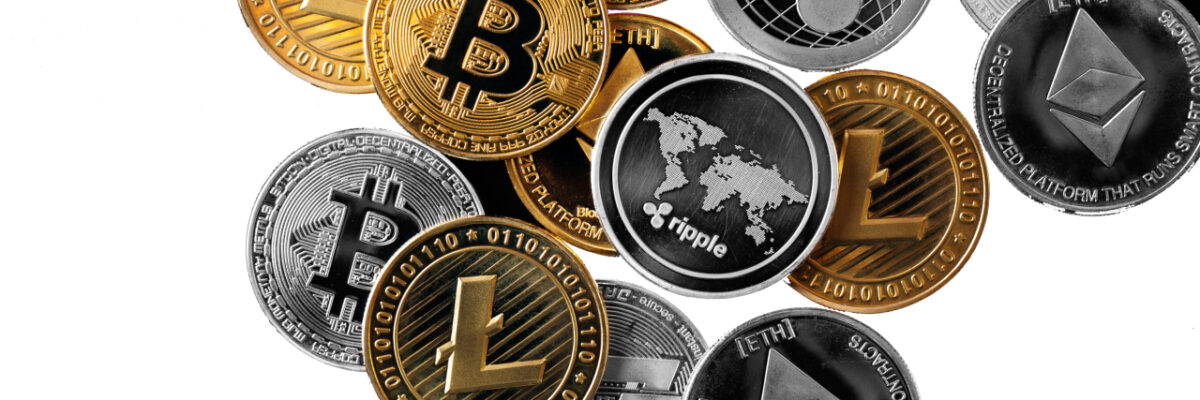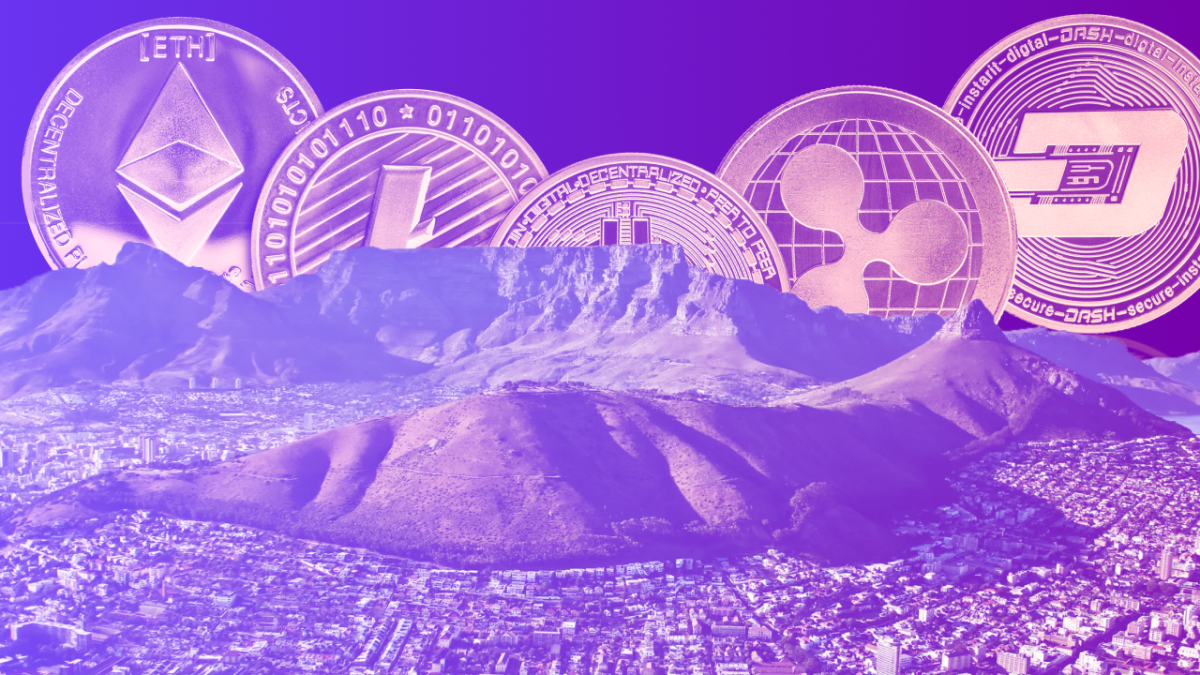Bitcoin (BTC) was founded in the aftermath of the 2008 financial crisis with the intention of addressing the issues caused by loose monetary policies. Satoshi Nakamoto, the cryptocurrency’s founder, stated in late 2008 that the cryptocurrency supply increases “by a planned amount” that “does not necessarily result in inflation.”
The cryptocurrency’s inflation rate has been set, and its circulation supply has been capped at 21 million coins, with the remaining coins projected to be mined by 2140. BTC’s inflation rate will be zero by then. Fiat currencies, on the other hand, fiat currencies have an infinite supply and can be issued to change monetary policy.
An expansionary monetary policy, such as the one implemented by most countries throughout the world over the last few years, strives to increase the money supply by decreasing interest rates and allowing central banks to engage in quantitative easing.
This expansion monetary policy has long been thought to contribute to higher inflation, which is defined as the depreciation of a payment instrument when the cost of goods and services rises. In November, US inflation hit a 30-year high, while inflation in the Eurozone hit its highest level in the 25 years, that data has been collected.
A number of industry experts were contacted for their thoughts on this data, and almost all of them blamed expansionary monetary policies. Chris Kline, the Chief Operations Officer and Co-founder of crypto retirement platform Bitcoin IRA, said that inflation isn’t going away and that people need to “find an alternative to secure their investments.”
While gold and real estate were once good investments, real estate prices are now “off the charts,” and gold is “inaccessible to the typical American,” according to Kline. Bitcoin has now been included to the “inflationary hedge mix” since its supply cannot be manipulated in the same way that fiat currencies’ supply can.
Martha Reyes, Head of Research at cryptocurrency exchange Bequant, said that the market rapidly reacted to the fresh inflation numbers by pricing in the possibility of central bank interest rate hikes. According to Reyes, the “fundamental cause of these high inflation readings is a substantial rise in money supply, as the pandemic resulted in trillions of dollars of new money being created.”
Gold has traditionally been used as an inflation hedge. Bitcoin and other cryptocurrencies have been dubbed “gold 2.0” because they have qualities that suggest they could be a digital counterpart of the precious metal.
Cryptocurrency as an anti-inflation tool
Cryptocurrencies are notorious for their high volatility, with even blue-chip crypto assets seeing 50% drops in a matter of minutes. Because of this volatility, many people are questioning if Bitcoin and other cryptocurrencies can be used as an inflation hedge.
In a memo to clients, analysts at Wall Street firm JPMorgan indicated that a 1% portfolio allocation to Bitcoin may act as a hedge against traditional asset class swings. Billionaire billionaire Carl Icahn has also backed BTC as an inflation hedge.
Adrian Kolody, the Creator of Domination Finance, a non-custodial decentralized exchange, agreed with Kline that Bitcoin is a solution to inflation, but added that there are other ways to hedge against inflation in the cryptocurrency ecosystem.
The decentralized finance (DeFi) sector, according to Kolody, is a feasible alternative. He said that investors may “outpace inflation” while avoiding the “risks of a spot position” by employing stablecoins — cryptocurrencies with a price control mechanism — and decentralized applications (DApps). To do so, all they’d have to do is find a means to collect interest on their stablecoins that is higher than annual inflation rates. Kolody explained:
“The easiest way to think about it is that crypto allows you to take control of your finances in a variety of ways rather than being at the mercy of the federal government.”
Bitcoin is “more desirable as a store of wealth than other assets such as commodities,” according to Reyes, because increased demand can only be fulfilled by rising prices, not by greater production.
The cryptocurrency is in an “early stage adoption phase,” according to the exchange’s head of research, which means it “does not tend to have consistent correlations with other assets, and its price appreciation should come from halving cycles and network growth.”
As a result, Bitcoin is more “resilient to economic downturns,” she said, “however in a major market selloff, it would definitely be hurt initially as some investors pare holdings across the board.”
Bitcoin appeared to demonstrate its potential as an inflation hedge earlier this month when it achieved a new all-time high in Turkey as the country’s official currency, the lira, plummeted. Others argue that Turkish citizens would have done better to invest in gold.
Utility and freedom, or a legacy asset?
Bitcoin has outpaced gold so far this year, with a gain of 94 percent since the beginning of the year. Gold, on the other hand, has decreased by almost 8% over the same time period, indicating that investors who bet on the precious metal to hedge against inflation have so far been disappointed.
In Turkey, the precious metal performed exactly what it needed to do in the near term: it protected people’s purchasing power by preserving its value as the lira plummeted. It even outperformed BTC in lira terms over the last 30 days.
Zooming out, it’s evident that BTC was a lot better investment than gold, having risen 270 percent against the fiat currency so far this year vs 70 percent for gold. Data reveals that investors would have been better off betting on gold as the crisis worsened, but that BTC would have been a superior investment in the long run.
Kolody claimed that a “Bitcoin and crypto standard” is a superior alternative to a fiat currency or the gold standard than a fiat currency or the gold standard as an inflation hedge, noting that being trustless and permissionless helps crypto stand out.
This, he said, allows crypto and DeFi structures to be as powerful as they are, as investors “don’t have to worry about a political figurehead” who can “nuke” the value of their money by “simply throttling the system.” While he sees gold as a proper inflation hedge, to him, BTC is “the clear choice:”
“Investors who are trying to decide whether they should go into BTC or gold as an inflation hedge need to ask themselves if they want utility and freedom with their hedge, or a legacy asset.” said Adrian Kolody, the Creator of Domination Finance.
It’s worth mentioning, according to Karan Sood, CEO and managing director of Cboe Vest, an asset management partner of Cboe Global Markets, that Bitcoin’s young history has “cut both ways in the past,” with “periods where both Bitcoin and inflation have grown and dropped in tandem.”
Bitcoin’s inherent volatility, according to Sood, has the ability to amplify these movements. For instance, if present inflation levels prove to be ephemeral and decline from their highs, Bitcoin “may likewise collapse suddenly, exposing investors to huge potential losses,” he warned.
Sood proposed that investors wishing to utilize Bitcoin to hedge against inflation could “benefit from gaining Bitcoin exposure via a strategy that aims to manage the volatility of Bitcoin itself” as a solution.
Yuriy Kovalev, CEO and founder of crypto trading platform Zenfuse, said that while the lira’s freefall could have meant investing on gold was a good decision for Turkish investors, it wasn’t for US-based investors:
“Gold has underperformed this year, dropping by 8.6% against the dollar while the CPI in the U.S. moved up 6.2%. Gold failed investors who bet on it while BTC is up 92.3% year-to-date, rewarding those who believed in it as a hedge.”
Investors may “want gold in their portfolio for diversification considerations even though it has not done well this year,” according to Reyes, even though Bitcoin delivers greater returns as assessed by the Sharpe ratio.
A diverse portfolio may be a better way to hedge against inflation for more conservative investors, given it’s unclear how Bitcoin’s price will react if inflation continues to rise.
A muddied reality
It’s unclear whether Bitcoin and cryptocurrencies in general are a superior alternative to the current financial system. A “balanced combination of both systems is what we should be looking for,” according to Stephen Stonberg, CEO of crypto exchange Bittrex Global. According to Stonberg:
“There are advantages to both models, but Bitcoin and the entire digital asset economy need to be further integrated into the traditional financial system if we want to reach those who are unbanked in the world.”
Caleb Silver, Editor-In-Chief of the financial information portal Investopedia, told Cointelegraph that the “truth is muddy” when it comes to Bitcoin acting as a hedge against inflation.
Per Silver, Bitcoin is a relatively young asset compared to traditional inflation hedges like gold or the Japanese yen, and while it has features that are “important ingredients in its perception as an inflation hedge,” its wild price swings affect its reliability.
To him, investors need to keep its volatility over the past decade in mind:
“It has entered 20 distinct bear markets over the past ten years and experienced a 20% or greater drawdown for nearly 80% of its history. Consumer prices, until the pandemic, have been distinctly non-volatile for the past decade.”
Despite institutional investors’ adoption of Bitcoin for more than two years, Silver described it as a “very speculative asset.” He finished by adding that the fact that most market players do not view Bitcoin as a store of value “hurts its credibility as an inflation hedge.”
Investors have a variety of options for hedging against inflation, including Bitcoin. Only time will tell what will and will not work, therefore for certain investors, a diverse portfolio may be the best option. According to our experts, they have BTC, gold, and even DeFi protocols at their disposal to help them outpace inflation.









